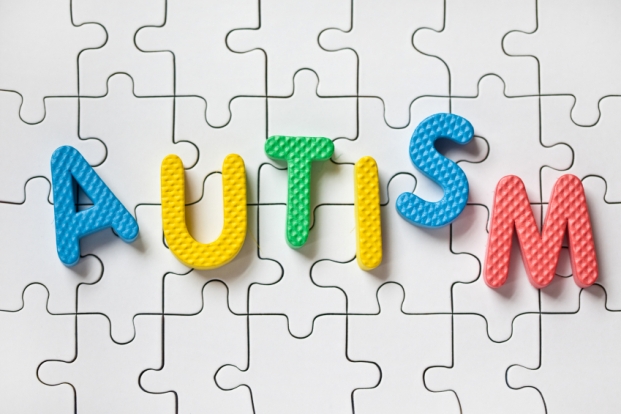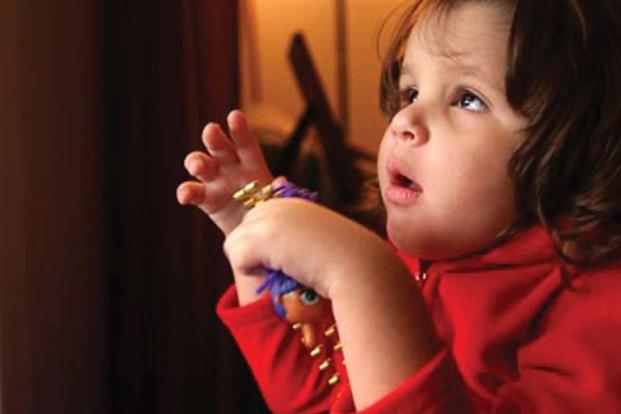Categories
- Bariatric Surgery (11)
- Black Fungus (5)
- Bone Marrow transplant (3)
- Brain Tumor Surgery Navigation Technology (20)
- Cardiac Surgery (66)
- Cardiology (97)
- Computer navigation technology for joint replacements (20)
- Covid Vaccination (17)
- Critical Care (2)
- Dental (19)
- Dermatology (31)
- Dialysis Support Group - “UTSAAH” (11)
- Dietitian (33)
- Emergency Medicine (4)
- Emotional Health (11)
- Endocrinology (33)
- ENT (20)
- Gastroenterology and GI Surgery (53)
- General and Laparoscopic Surgery (21)
- General Surgery (4)
- Gynecology & Obstetrics (183)
- Hematology (20)
- Internal Medicine (294)
- Kidney Transplant (50)
- Kidney Transplantation (20)
- Lung Cancer (8)
- Minimal Invasive Surgery (1)
- Mother & Child (20)
- mucormycosis (5)
- Nephrology (61)
- Neurology (147)
- Neurosurgery (68)
- Nutrition and Dietetics (107)
- Omicron Variant (1)
- Oncology (288)
- Ophthalmology (10)
- Orthopaedics & Joint Replacement (86)
- Paediatrics (59)
- Pediatric Nephrology (3)
- Physiotherapy (5)
- Plastic & Reconstructive Surgery (6)
- Psychiatry and Psychology (90)
- Psychologist (28)
- Pulmonology (72)
- Rheumatology (13)
- Spine Services (21)
- Transradial Angioplasty (16)
- Urology (84)
Query Form
Posted on Apr 19, 2022
Prevalence of Autism and risk factors
Prevalence of ASD
- Approximately every 1 in 59 kids has been identified with ASD or autism spectrum disorder as per an international survey
- Autism spectrum disorder is reported to take place in all ethnic, radical, or socioeconomic group
- ASD is approximately four times more common in boys as compared to girls.
- Around 1 in 6 kids in the US were found to have the developmental disability from the years 2006 to 2008, ranging from the mild disabilities like speech & language impairments to the serious disabilities like cerebral palsy, autism and intellectual disabilities.

Risk factors & characteristics
- As per studies, among the identical twins, if 1 child is suffering from ASD, the other one may be affected approximately 36% to 95% of the time. In the non-identical twins, if 1 child has got ASD, the other 1 gets affected approximately 0% to 31% of the time.
- Parents that have a kid with autism spectrum disorder have 2% to 18% chances of having another kid affected with ASD.
- Autism spectrum disorder tends to take place more often in the individuals with certain chromosomal or genetic conditions. Approximately 10% kids having autism are identified with fragile X syndrome, down syndrome, tuberous sclerosis External or other chromosomal or genetic disorders
- Almost half of kids having ASD have an average to an above average intellectual ability
- Children that are born to the older parents are at higher risk of having autism spectrum disorder.
- A small number of kids born premature or with a low birth weight have higher risk of having autism spectrum disorder
- Autism spectrum disorder commonly occurs along with the other, psychiatric, developmental, neurologic, genetic and chromosomal diagnoses. Co-occurrence of 1 or more non-ASD diagnoses is 83%. Co-occurrence of 1 or more psychiatric diagnoses is 10%.



